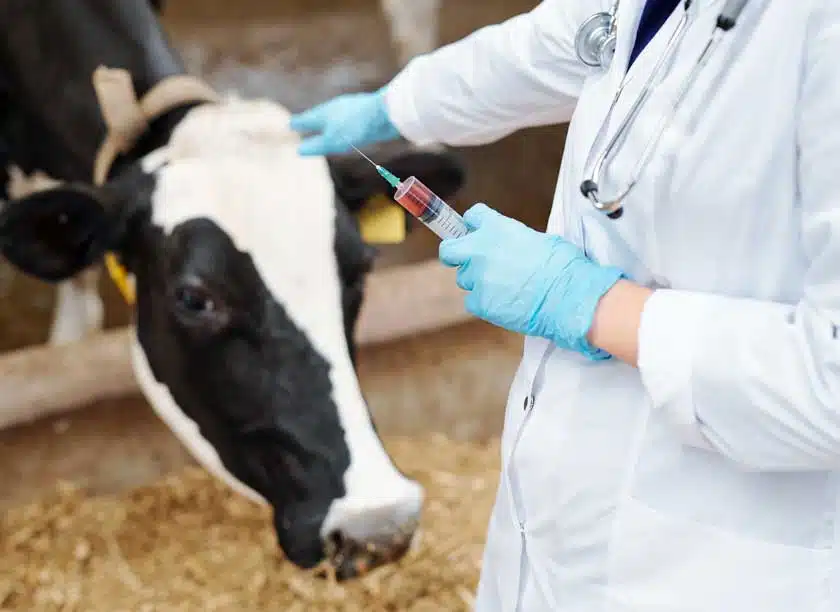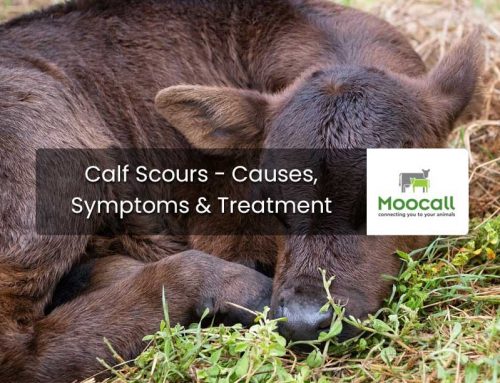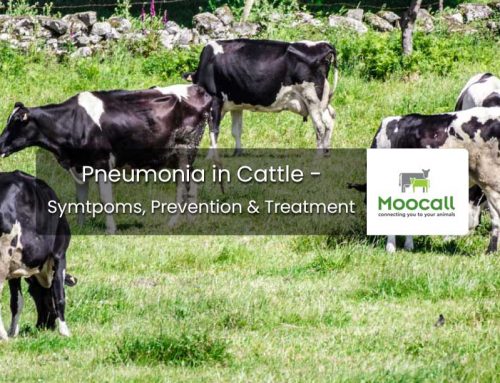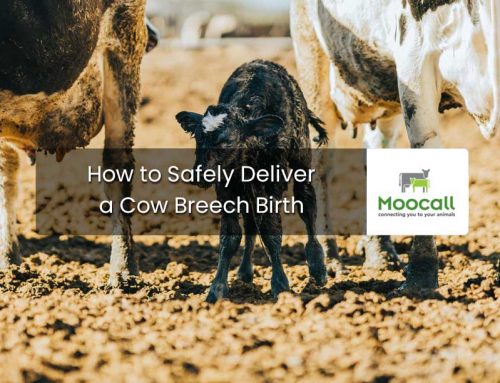If someone counted up your cows, and took €60 out of your pocket for each of them, you would be annoyed.
But according to Teagasc figures, that may as well be happening to many dairy farmers all around Ireland.
Mastitis costs them €60 per cow annually on average.
Mastitis in cows is a bacterial infection, especially prevalent in dairy cattle, which inflames the udder tissue of a cow.
This leads to milk having a high somatic, or white blood cell, count which can make it harder to process.
Typically, the higher the somatic cell count(SCC), the lower the quality of milk.
On average, every farm culls two cows annually thanks to mastitis.
Keeping good prevention practices will cost you an awful lot less.
Here are a few things you can do to cut the risk of mastitis on your farm.
Article Chapters
Regular Maintenance of Milking Machines

Image source: Wikipedia
For the average sized dairy, equipment should be tested and serviced every 9-12 months.
Develop Good Milking Techniques

Image source: Pexels
Dairy farmers need to have a standard milking routine, as this lowers the risk of mastitis developing.
Having this routine can help you deal with any mastitis problems much quicker even if it does arrive.
Maintain Good Hygiene
Cows are particularly vulnerable to infection at calving time, and this could cause problems for both the dam and calf.
This is why hygienic management of calving pens is paramount.
Regularly Disinfectant Teats

Image source: Farmonie
Teat disinfectant is the major deterrent for mastitis and SCC, but if you’re not doing it right it could be a waste of time.
Here is a checklist that Teagasc made for when you’re disinfecting:
- Spray all teats of all cows as soon as possible after every milking (20ml per cow).
- Ensure that the entire circumference of the teat is covered – a drop of disinfectant should be seen at the end of the teat.
- Apply teat spray from directly underneath the tips of the teats.
- Check the ‘far sides’ of teats of some cows to ensure correct spraying.
- Have sufficient teat disinfection sprayers (e.g. one per four units).
- Ensure that teat disinfection sprayers are operating correctly.
- If using a teat disinfectant that is not ‘ready to use’, dilute daily.
- If using a dip cup, wash it daily or more frequently if contaminated.
Follow all those steps, and you’re well on the way to top quality milk, and strong, healthy animals.
Keep Good Records of SCC & Culling

Image source: Pexels
The last thing you want after an outbreak of SCC and mastitis is the infection happening again.
A great way to prevent this, is to document as much as you can about your current outbreak and then tailor your response accordingly.
Create protocols and habits on your farm that discourage mastitis from appearing.
Cease Inappropriate Antibiotic Use

Image source: Shutterstock
Getting your antibiotic use wrong can prove just as bad, if not worse, than no antibiotics at all.
Undertreatment with antibiotics can lead to some of the infection surviving and developing resistance, while overtreatment can have other adverse effects.
Consult your vet, and they will recommend the right drug for the right bug, and the ideal dosage.




